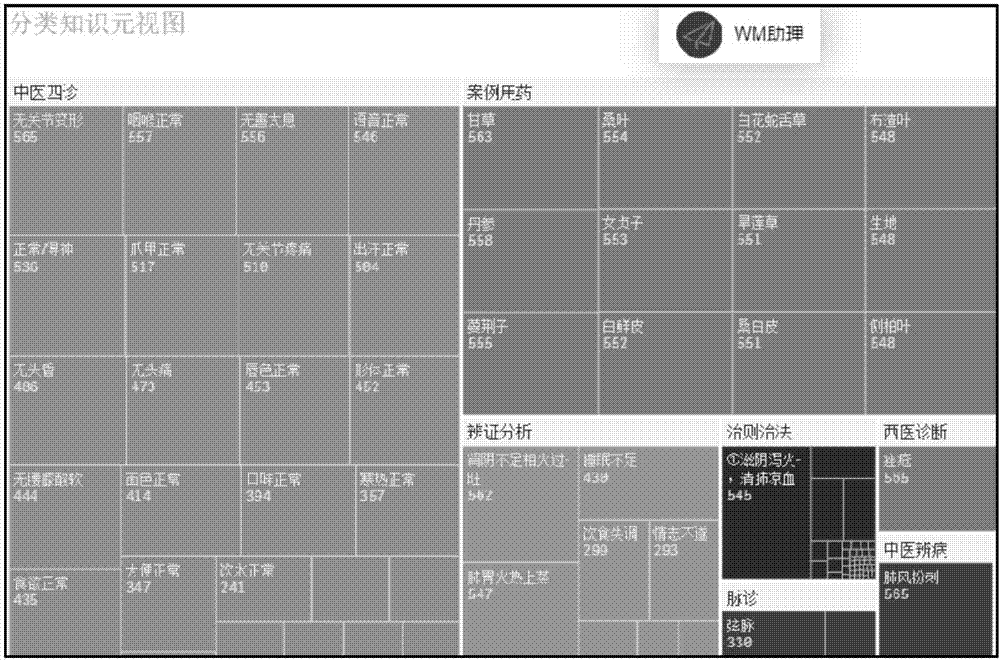Method for constructing core symptom-differentiation relation based on traditional Chinese medicine knowledge graph
A knowledge map and construction method technology, applied in special data processing applications, instruments, electrical digital data processing, etc., can solve problems such as the inability to meet the clinical needs for dynamic knowledge update, and limit the independent exploration of clinicians, so as to improve the update Frequency, the effect of improving discovery efficiency
- Summary
- Abstract
- Description
- Claims
- Application Information
AI Technical Summary
Problems solved by technology
Method used
Image
Examples
Embodiment Construction
[0034] The following will clearly and completely describe the technical solutions in the embodiments of the present invention with reference to the accompanying drawings in the embodiments of the present invention. Obviously, the described embodiments are only some, not all, embodiments of the present invention.
[0035] The present invention provides a method for constructing core syndrome-syndrome relationships based on knowledge maps of traditional Chinese medicine, such as figure 1 As shown, the specific steps include:
[0036] S1. Mining and extracting TCM medical records from TCM literature and disease diagnosis databases, including TCM four-diagnosis information, syndrome differentiation element knowledge elements, and theory, method, prescription, and drug auxiliary knowledge elements, as the core syndrome based on TCM knowledge graph. The basic data of the association relationship that proves the relationship;
[0037] S2, establish the sample relationship correspond...
PUM
 Login to View More
Login to View More Abstract
Description
Claims
Application Information
 Login to View More
Login to View More - R&D
- Intellectual Property
- Life Sciences
- Materials
- Tech Scout
- Unparalleled Data Quality
- Higher Quality Content
- 60% Fewer Hallucinations
Browse by: Latest US Patents, China's latest patents, Technical Efficacy Thesaurus, Application Domain, Technology Topic, Popular Technical Reports.
© 2025 PatSnap. All rights reserved.Legal|Privacy policy|Modern Slavery Act Transparency Statement|Sitemap|About US| Contact US: help@patsnap.com



